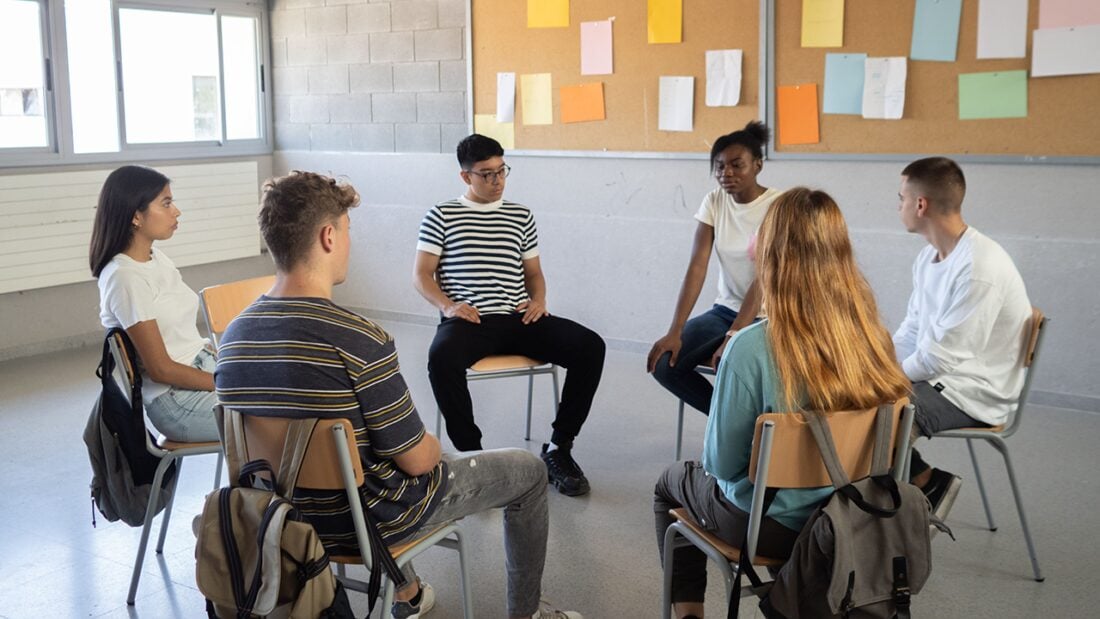Preventing School Pushout and Justice System Involvement

A new resource, called Check It Out, aims to prevent students from being forced or encouraged to exit school before graduating. It includes an assessment checklist to determine if students are at risk of being pushed out of school as well as a campaign development guide to help organize outreach and engage the community to enact real change. These tools — designed by Dignity in Schools Campaign (DSC) and funded by the Annie E. Casey Foundation — are intended to help support students who are having trouble while also ensuring that other students and teachers can continue to learn in a safe environment.
“There’s a nationwide pushout crisis fueled by zero-tolerance discipline policies, low expectations for students and other factors that lead to too many young people who are removed from school through suspension or expulsion when there are other options,” said Ismanuela Denis, a program associate with the Foundation’s Juvenile Justice Strategy Group. “The guide’s solutions, informed by young people and aligned with restorative justice practices and other approaches to reinforce good behavior, can help create positive learning environments where all students thrive.”
Implications of Zero-Tolerance Discipline Policies
Getting suspended or expelled from school sharply increases children’s odds of dropping out of school or entering the justice system. Nationally, Black students and students with disabilities are disciplined at much greater rates than other students.
Youth Views on Factors that Lead to Leaving School
Working with its member organizations to reduce in-school arrests or school-based referrals to law enforcement — colloquially known as dismantling the school-to-prison pipeline — DSC conducted a youth-included research project from 2021 to 2023. It documented high school students’ views on the factors pushing young people out of school and into the justice system. Moreover, the project reported students’ recommendations for educational practices that keep young people on track in school.
“Making sure emotional and mental health needs are being met was emphasized by the young people interviewed,” said Natalie Chap, DSC’s national coordinator. “Virtually every young person interviewed would bring up the topic of a lack of connection with peers and adults and not feeling they belonged.”
Identifying Solutions for Improving Educational Environments
Based on its interviews, Check It Out outlines a three-step process for advocates, schools and communities to improve educational environments:
- Evaluate 10 indicators of young people being at risk of leaving school prematurely. Each indicator includes a detailed checklist of issues to help identify a school’s or district’s biggest risk factors.
- Identify existing solutions and potential gaps via a checklist of positive school practices and open-ended questions. Positive school practices include clear expectations for student behavior and no out-of-school suspensions for first-time offenses.
- Look at possible solutions and strategically focus your list of suggested changes.
Diversion and Prevention
Young people don’t transition into adulthood in isolation. The environments and support networks around them — at home, work and school — all help shape their growth. “Part of helping young people navigate adolescence is making schools safer and more welcoming,” Denis said.
The Casey Foundation’s investment in Check It Out is part of a larger effort to prevent youth from needing to enter the justice system, keeping them in the classroom or on other positive paths toward long-term success. Fostering supportive educational spaces is particularly essential for students considered at high risk of justice system involvement or those already navigating that system.





